It’s not every day that you walk into school and find something completely transformed. But on Monday, Sept. 9, students were greeted by a breathtaking surprise: a vibrant mural, 70 feet long, now stretching across the wall above the theater in the A-Building.
Since 1973, that space had been dominated by a mural painted by Frederick Alexander Pawla in partnership with the Federal Art Project. Pawla’s work depicted a singular narrative centered on manifest destiny. But to recent graduate Lauren Cheng, the artwork felt increasingly out of step with the diverse and evolving spirit of the school she knew. So, on Saturday, Sept. 7, with the support of Facilities Manager Joseph Tipton and her father, Cheng replaced the old mural with a bold new vision — one that she hopes will inspire and represent the community for decades to come.
“I want the mural to make everyone feel represented in some way, whether it’s through their appearance, activities, or personality, as long as it fosters a sense of belonging in our school,” Cheng said.
Cheng dedicated nearly 400 hours to the mural over the past two years. She assembled the Diversity Artwork Commission (DAC) to support the early stages of planning, then brought her vision to life, creating a space that she hopes will resonate with every student who walks by.
“A lot of opportunities at BHS, and growing as students intellectually throughout the years, have led [DAC] up to a point to ideate something like this because of what we learned in history classes,” Cheng said. “For me, being in [Student] Equity Council was a big part of the motivation to do a project like this because I learned about people’s narratives — how there are multiple narratives — and that it’s important to ensure that people feel included.”

The DAC, led by Cheng along with recent graduates Olivia Fleming and Olivia Armstrong, faced a process that was as daunting as it was inspiring. The early stages involved countless meetings with school administrators for approval, rallying other student artists, and stitching together a plan that would finally make Cheng’s dream a reality. For Fleming, her realization came during class when Advanced Placement United States History teacher Annie Miller encouraged students to take notice of the existing murals around campus. From that moment forward, Fleming knew she didn’t want her high school environment to be defined by outdated narratives.
“I just want people to know that they’re accepted, and to teach others to accept others. I hope that the mural fosters a sense of community to be like, ‘Hey, we have our differences, but we’re still here in this community together,’” Fleming said.
As with any ambitious project, the road was anything but smooth. For Cheng, the hardest part was persevering through the times when growth felt stagnant.
“The ultimate challenge is that in order to make progress, you have to keep pushing through the times that you’re not actively making progress,” Cheng explained. “Because it’s such a long project, there was definitely doubt sometimes that this mural would not end up complete. But I think that once I start something, no matter how many hours it takes, it is my ultimate goal to finish it.”
Cheng and recent graduate Delaney Leung spent their summer working tirelessly to complete the mural before heading off to college. Cheng said support from the administration was essential — from Vice Principal Jenny Gibson, who offered encouragement at every step, to Tipton, who spent his weekends at school and drilled the mural into the wall just in time for the final reveal on Monday, Sept. 9.
“We [the administration] saw it as a student-led project. We wanted to elevate student voice, and as part of a beautification, we were like, ‘Yeah, modernize, update, refresh,’ so we were very supportive of that effort,” Gibson said.
With over 30 characters, the mural offers layers of meaning that resonate differently with each viewer. For instance, according to Cheng, while one might see the Iron Panthers robot — a nod to the 2019 model from their World Championships — another might connect with the character holding a camera, representing Yearbook or The Burlingame B.
“Sometimes people will interpret [characters] differently than me, which is exactly how I wanted and intended it to be. The main goal is to make people excited that their spirit and sense of self is represented on the walls of BHS,” Cheng said. “It brings a lot of color and personality into the space.”
Cheng’s intention for the artwork to reflect diverse interpretations aligns with Leung’s experience of contributing personal elements.
“When we painted, Lauren tried to give us parts that we were a part of, so I specifically worked on the robot. It was really special for me to work on the robot because I used to be a part of Robotics,” Leung said. “I just felt like those little details of who is working on what, and how they contributed is really important as it just made the whole project more enjoyable.”
And there are hidden gems, too: look closely and you’ll spot the Salesforce Tower — a tribute to Burlingame alum Marc Benioff, the CEO and founder of Salesforce, whose building now dominates the San Francisco skyline. Even the runner’s bib carries a special touch, with the number 100 symbolizing the centennial year of the DAC team’s graduation.
Cheng wanted this sense of history and celebration to be front and center, so she chose the prominent location for a reason: it’s the first thing you see when you enter the school.
“There are a lot of people that walk through the hallways so when you walk right into the school, you’re able to see the mural and feel that sense of belonging, or feel that sense of energy that’s coming off the walls, that’s reflected in the student body,” Cheng said. “I really think that there’s a lot that can be said through art.”
As students and staff pass by, the new mural serves as a reflection of how student voices have shaped their school environment and community.
“Our hope is that we want students to feel empowered, to find opportunities when they can, whether it’s beautifying the campus or bringing about a vision that they want to see changed,” Tipton said.





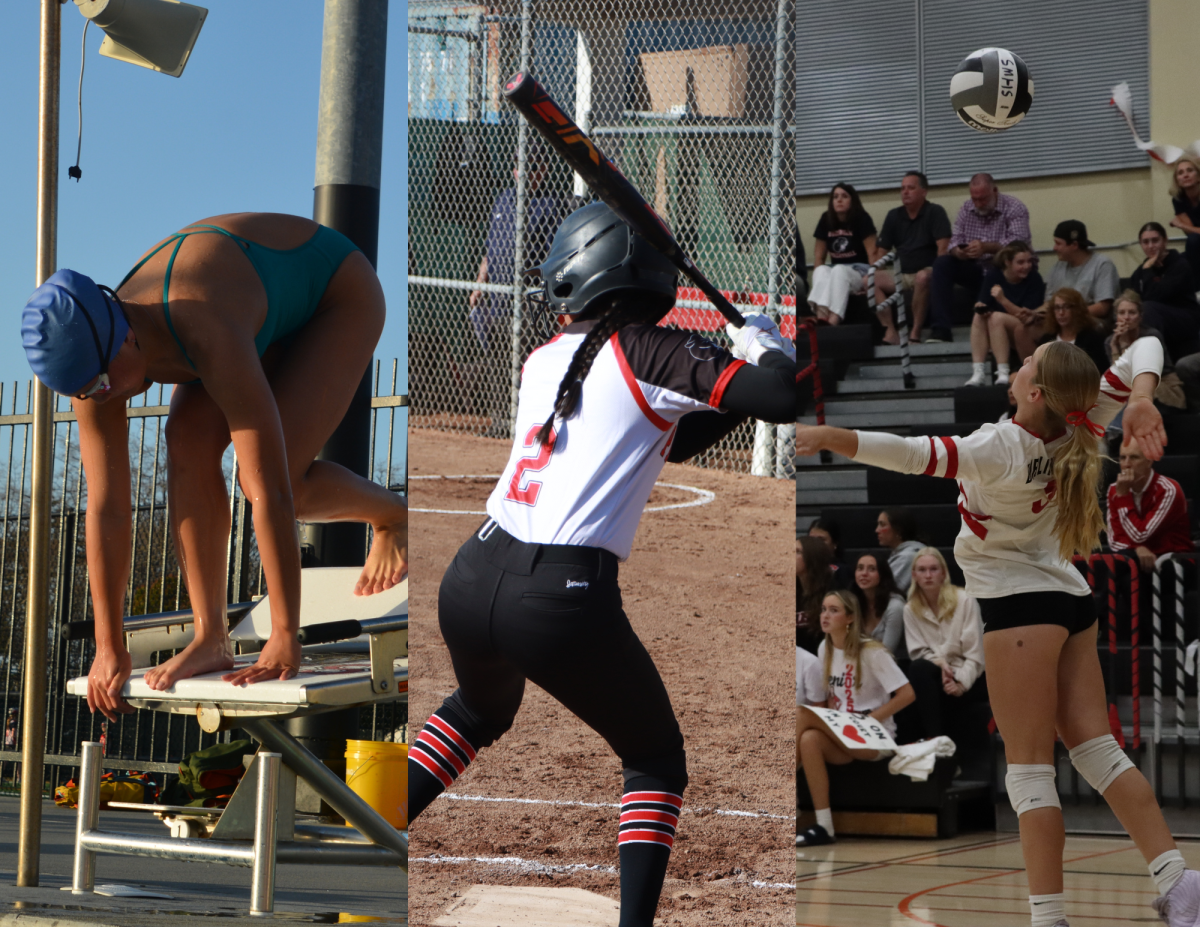


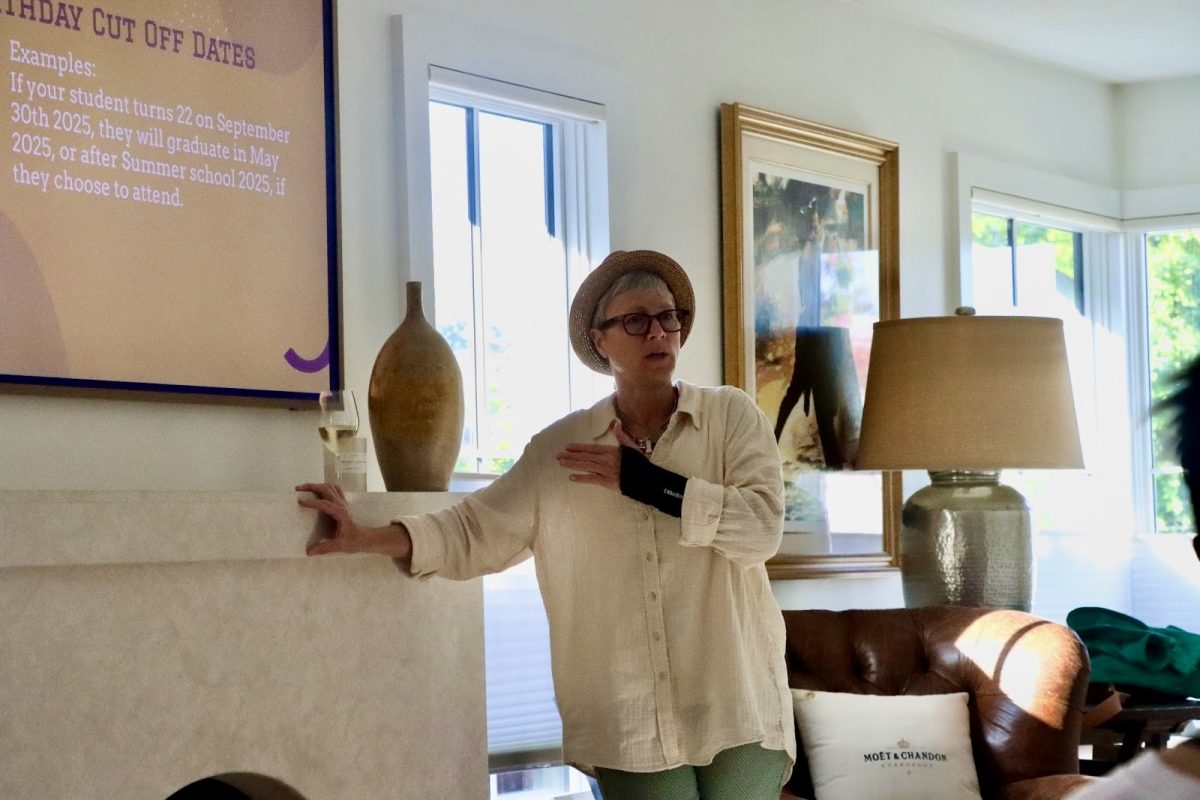






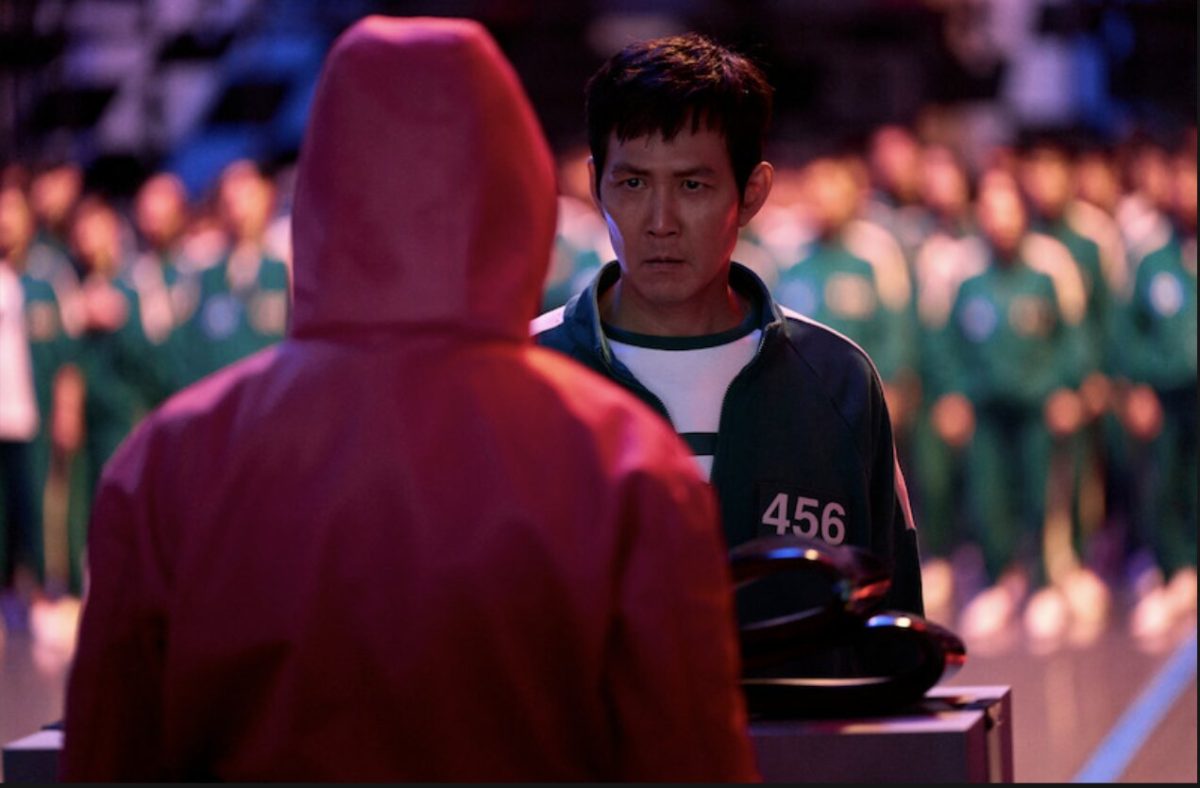






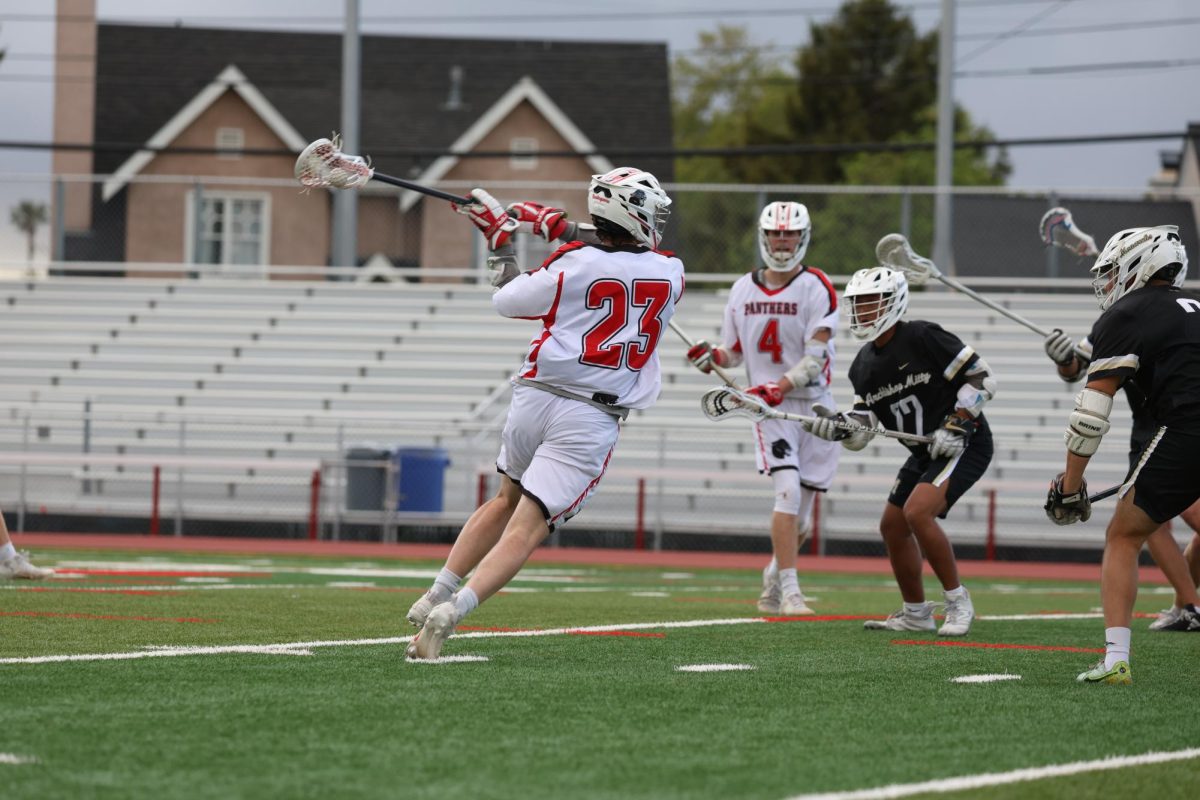









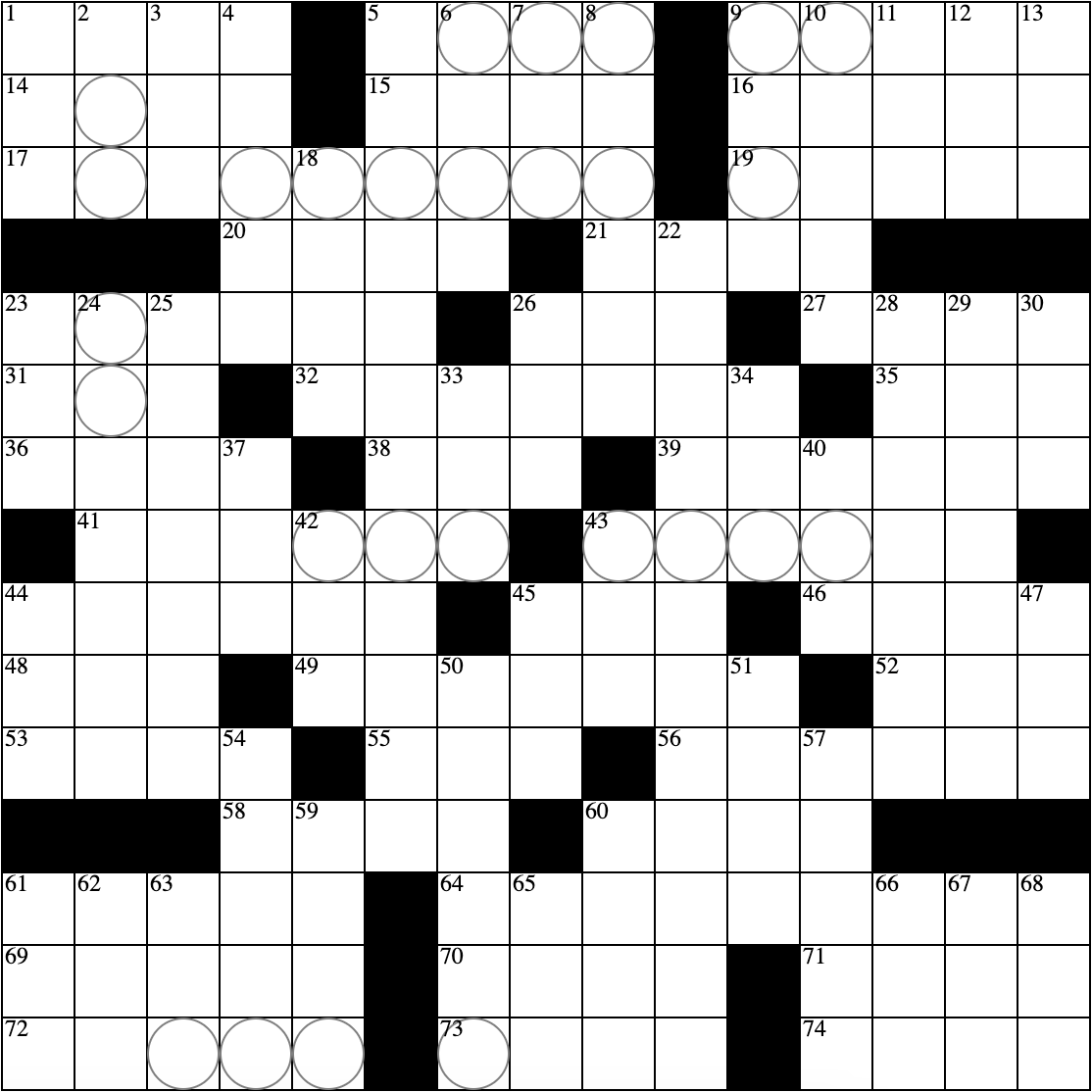




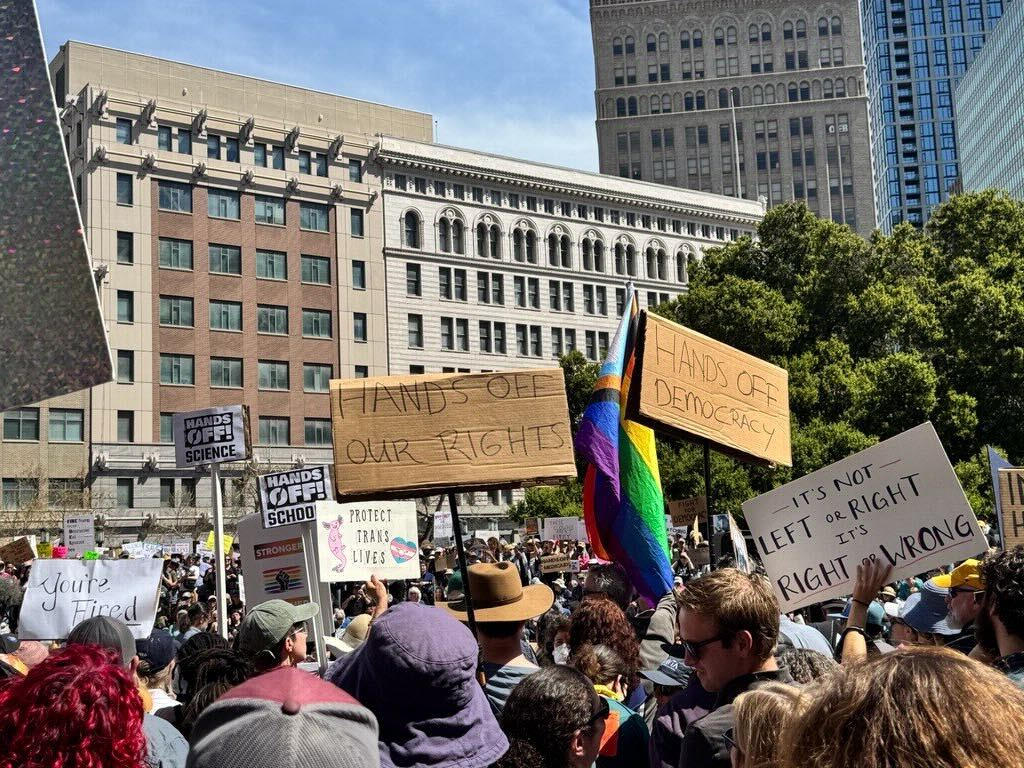



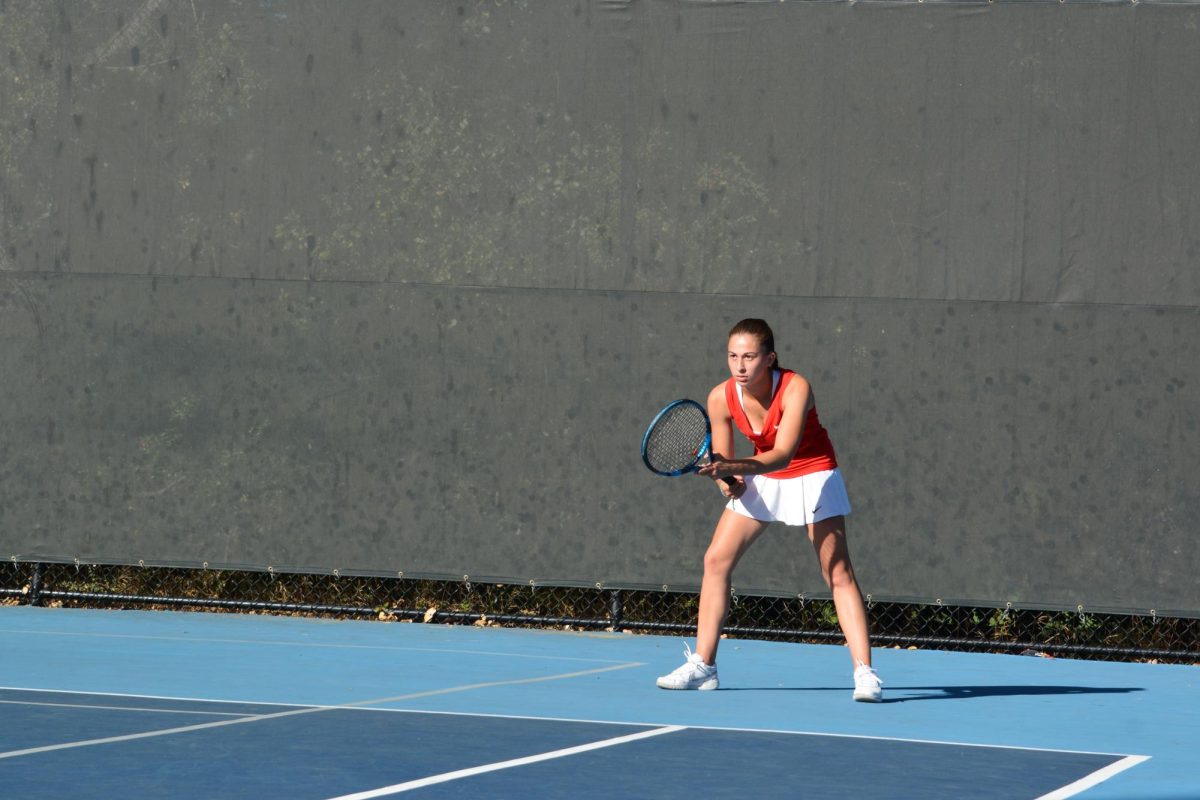


Yuji • Nov 4, 2024 at 3:22 pm
ローレン、君はとてつもなくすごいものを作ったね。見ていてワクワクが止まらないよ。君のアートワークへの情熱にいつも感動している。娘のユウカもとても刺激を受けてるよ。
日本で待ってます!では、また!